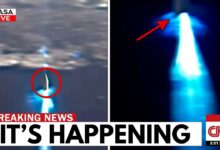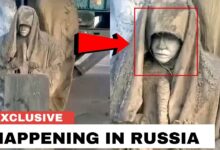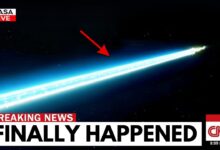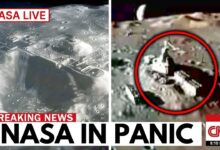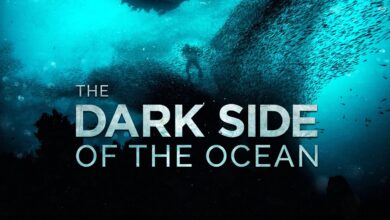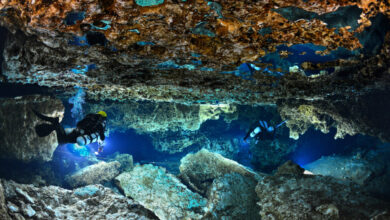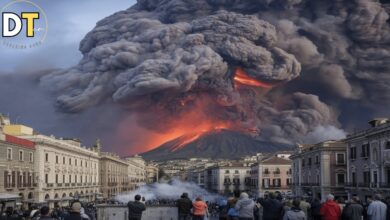James Webb Telescope’s Last Discovery about Betelgeuse JUST BROKE INTERNET
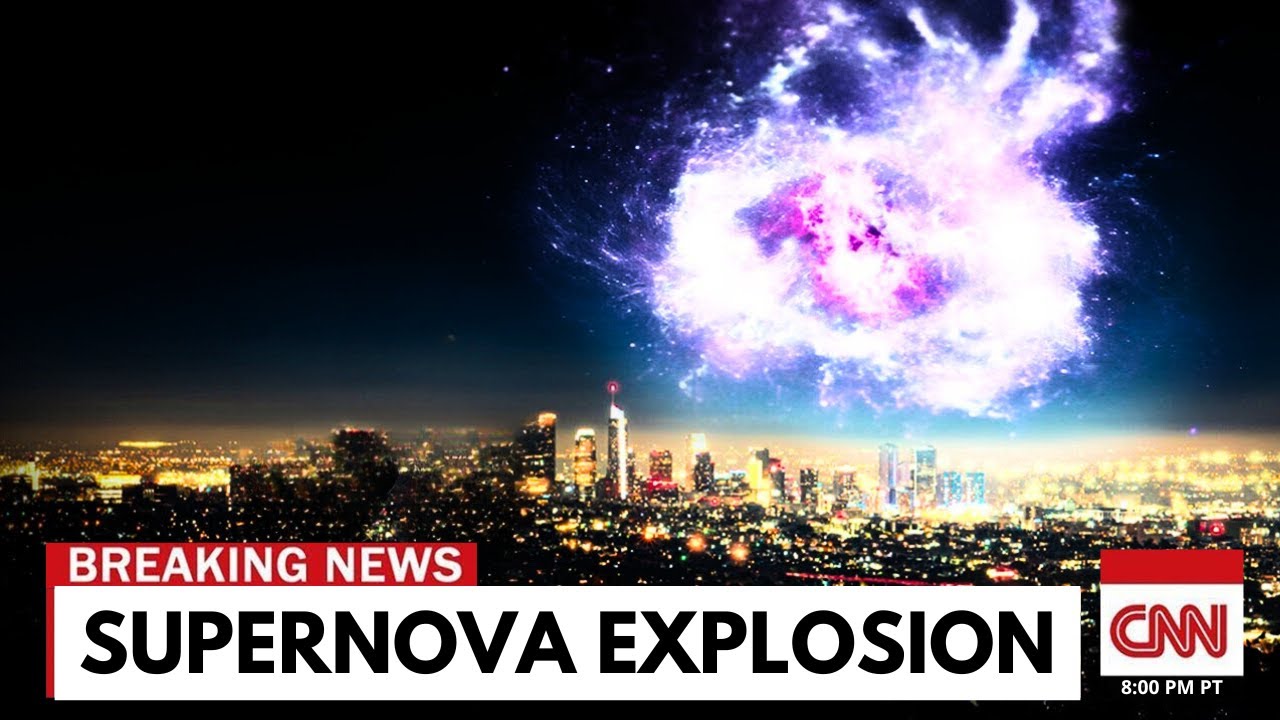
Beetlejuice: A Star’s Final Act, Caught in Real Time
For years, astronomers have been watching one of the brightest and most enigmatic stars in the night sky — Betelgeuse, a red supergiant teetering on the brink of collapse. Scientists long predicted it would eventually explode, but no one knew exactly when. Now, the James Webb Space Telescope has captured what many thought we might never witness: the moment Betelgeuse began to die.
This isn’t just another deep space discovery. It’s a once-in-a-lifetime event — the closest supernova ever observed by humanity. And what Webb has revealed is nothing short of extraordinary.
Located in Orion’s shoulder, Betelgeuse is no ordinary star. It’s a colossal red supergiant — more than 700 times the size of our Sun and around 20 times as massive. Astronomers have monitored its unstable behavior for decades: swelling, dimming, and erupting in strange ways. In 2019, it dimmed dramatically, igniting speculation that a supernova might be imminent.
Now, thanks to Webb’s unmatched infrared capabilities, we’re seeing signs of a star unraveling in real time. Tremendous energy surges, chaotic magnetic fields, and turbulent surface convection hint at a collapse already underway. Betelgeuse isn’t just dying — it’s evolving before our very eyes.
With its powerful instruments, Webb has been observing Betelgeuse for months, piercing through cosmic dust to expose layers no telescope has ever seen. And the results? Breathtaking.
Gigantic convective cells the size of Jupiter are erupting on the star’s surface. Massive plumes of gas are escaping into space at unimaginable velocities. And within the light spectrum, scientists have identified a shockwave ripping through Betelgeuse’s outer shell — direct evidence of a star in its death throes. This is no simulation. This is the real-time anatomy of a supernova, just 642 light-years from Earth.
Unlike distant supernovae in faraway galaxies, Betelgeuse’s explosion is cosmically close. When the blast reaches its peak, it could shine brighter than the full moon, visible even during the day. More importantly, this proximity gives scientists an unprecedented opportunity to witness stellar death up close — how a core collapses, how elements like carbon and oxygen are forged, and how shockwaves reshape interstellar space.
But Betelgeuse’s story isn’t just about destruction. It’s about creation. This explosion is releasing the raw materials needed for life — the same elements that formed our planet and ourselves. We are witnessing our cosmic origins in reverse.
Webb’s instruments allow researchers to model the final stages of a star’s life with unmatched precision. This could help us understand what signals to look for in other stars before they go supernova — perhaps even predicting them in advance. What we’re seeing isn’t just science. It’s a cosmic revelation — a moment where humanity stared into the abyss of time, and saw it erupt with light.
And there’s more. Webb has already detected the ripple effects of the explosion — high-energy particles, heated gas clouds, and distortions in Betelgeuse’s massive dust halo. Even more intriguing is a subtle gravitational shift, suggesting the possibility of gravitational waves — something scientists have only recently begun detecting. If confirmed, this would be the first time a visible supernova is linked to direct gravitational wave data, rewriting our understanding of how light, matter, and spacetime interact.
As Betelgeuse collapses, an age-old question arises: What remains? A neutron star? A black hole? Or something in between? Webb’s data hints that the collapse may be uneven — magnetic fields distorting, plasma forming voids, and material falling back instead of escaping. Some scientists are even considering a new kind of cosmic object, somewhere between a neutron star and a black hole — previously theorized, never seen.
With the explosion just 642 light-years away, many wonder: Are we in danger? The short answer is no — Earth is far enough to remain safe. However, the explosion will send out high-energy radiation and shockwaves that could alter surrounding star systems, even affect how we perceive light from other parts of the galaxy. Webb is now closely tracking the expansion of this energy front, as it could permanently shift our cosmic perspective.
Betelgeuse is immense, ancient, and powerful — and yet it’s fading. A stark reminder that even the most luminous stars have lifespans. What Webb has captured is not just the death of a star. It’s a cosmic mirror.
In that death, new elements are born. New stars will form from the remnants. New worlds may one day emerge. This is not destruction — it’s rebirth. And we are fortunate enough to witness it unfold.
Among the treasure trove of data, Webb found something unexpected — unusual chemical signatures in the ejected material. Alongside familiar elements like carbon and oxygen, scientists found rare elements such as technetium and yttrium, formed only in extreme conditions. These ratios help trace the life cycle of matter, from dying stars to the atoms in our own bodies. This isn’t just a record of an explosion — it’s a decoding of the chemical script that makes life possible.
Betelgeuse’s light will never return. Its place in Orion will soon be a glowing cloud of debris and plasma. But this is not an ending. It’s a gift — of knowledge, of perspective, and of cosmic truth. Our Sun, too, will someday face this fate. All stars do.
Yet from this ending comes the blueprint for what follows. Without supernovae, there are no planets, no oceans, no life. Thanks to the James Webb Space Telescope, we can now witness that full cycle — from collapse to creation.
In the stillness of space, 642 light-years away, a star ended its life not with a whisper, but with a final, spectacular roar. And through the lens of Webb, we didn’t just see it — we understood it.
Betelgeuse’s final moments have answered some of humanity’s oldest questions: Where do we come from? How do stars die? What comes next?
In its fading light, we’ve seen not just a supernova — but the story of our beginnings. Now the question remains: What other secrets does the universe still hold? And will we be ready when it reveals them?
